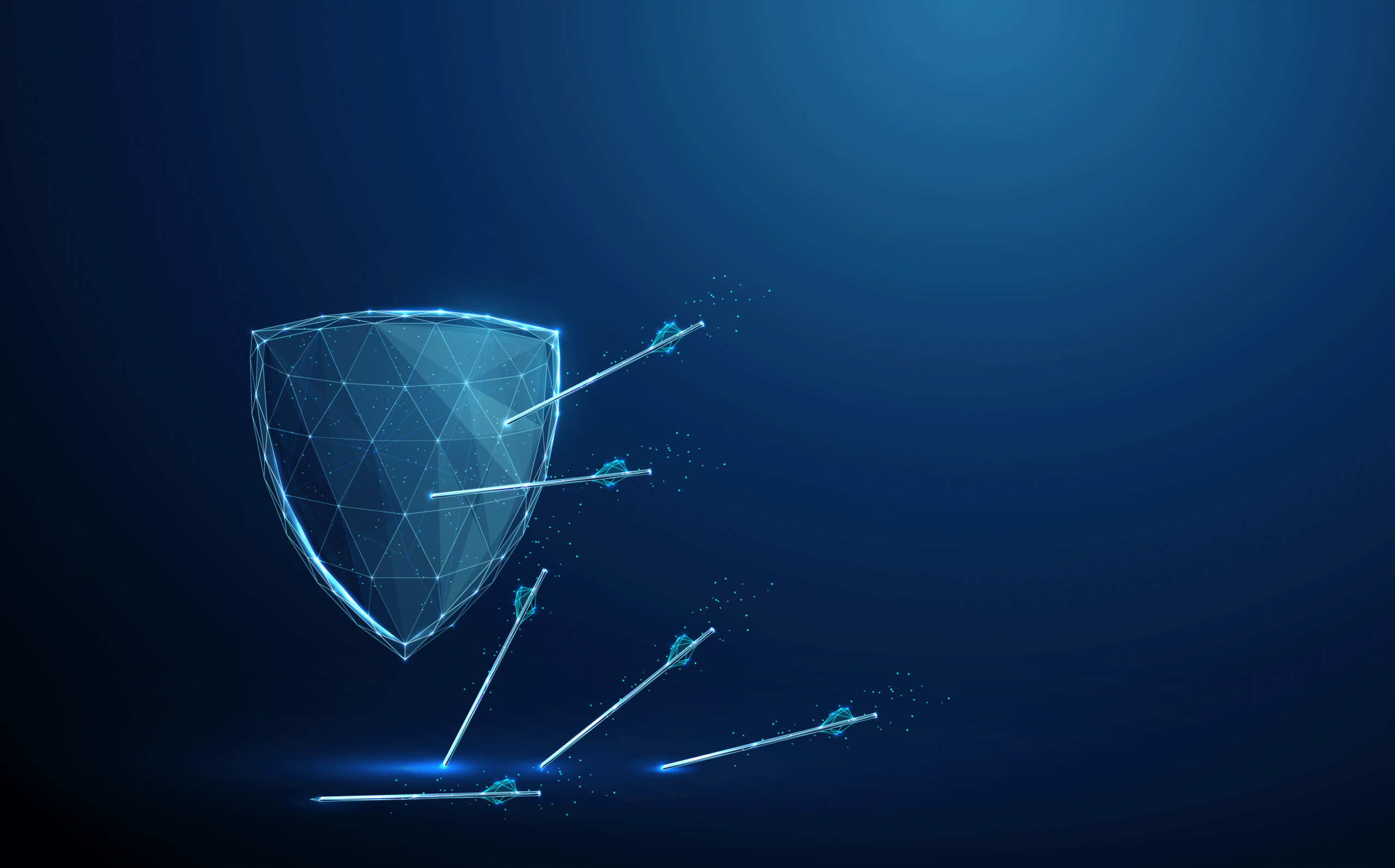Industry Insight – A historical view on the importance of CTEM
Category: News
Published: 5th September 2025

As cyber threats evolve at an unprecedented pace, the static defences that once reassured organisations are proving dangerously inadequate. History offers a potent lesson: the Maginot Line. Following World War I, France poured significant resources into the Maginot Line, a formidable barrier of concrete and steel, only for German forces in 1940 to simply manoeuvre around it. Exploiting gaps, integrating speed and surprise, and coordinating air and land power, they rendered those static fortifications obsolete. Strength alone, it turns out, is insufficient if defences cannot adapt as quickly as the threat.
This exact dilemma plagues modern cyber security. Many organisations still rely on scheduled scans, patch cycles, and compliance checklists that often lull them into a false sense of security. Yet today’s attackers are agile, weaving through overlooked exposures, misconfigurations, forgotten identities, and assets, which static controls are unlikely to reveal in time. Industry leaders such as Gartner now advocate Continuous Threat Exposure Management (CTEM) as the answer, a dynamic, adversary-informed strategy that moves beyond mere vulnerability ticking, by fostering a mindset of ongoing readiness. CTEM continuously maps digital assets, simulates likely attack paths, and prioritises genuine risks always asking, “What would an attacker try next?”
To fully grasp CTEM, it’s helpful to view it through the OODA loop, a concept originated by US Air Force Colonel John Boyd in the 1970s. The OODA loop (Observe, Orient, Decide, Act) was the result of research to explain why US pilots, during the Korean War, were out matching Korean pilots 10:1 even though they were in far inferior aircraft. Its real strength lies in perpetual reassessment: you avoid relying on yesterday’s assumptions, update your perspective with every action, and stay one step ahead. In cyber defence, the OODA loop’s intelligence and adaptability offer a sharp contrast to relying solely on rigid, periodic processes.
CTEM applies these adaptive principles in five practical, iterative steps which cyber security posture. Scoping comes first: you clearly define your digital terrain, identifying what matters most and where crucial entry points may be found. Next is discovery, the process of uncovering hidden exposures, shadow IT, and inherited risks that standard reviews often miss. Prioritisation then clarifies which exposures really matter, with teams focusing on vulnerabilities that attackers could realistically chain together for maximum impact, rather than chasing every possible weakness. Validation is vital: through breach simulation and attack path emulation, you test which risks require immediate action. Finally, mobilisation empowers cross-functional teams to remediate exposures efficiently, shutting down gaps before they can be used. In applying these steps, security shifts from reactive clean-up to genuine operational foresight.
Such a live process replaces static, point-in-time efforts with a culture of continuous action and improvement. The power of CTEM lies not just in finding problems, but in driving an organisation towards real evolution, where adjustment and readiness become ingrained habits. This is what separates true cyber resilience from mere compliance.
Despite its promise, CTEM is not without its myths. It isn’t a single tool or a quick fix, nor is it about overwhelming teams with unfiltered vulnerability data. Rather, CTEM is a living, iterative process embedded within your security DNA. Its purpose is to illuminate real attack paths, chains of exposures that an adversary could exploit, not just in theoretical models. Technology leaders are already making CTEM actionable. CrowdStrike, for example, offers sophisticated external attack surface management that streamlines both discovery and scoping. Sumo Logic’s powerful analytics help security teams swiftly interpret and act on dense streams of risk data, filtering the meaningful from the meaningless. Halcyon advanced ransomware resilience by stressing anticipation and pre-emptive action, as well as having the capability to recover and clean-up after compromise.
Military history reminds us that it’s not the strongest walls, but the most adaptive strategists which prevail. In cyber security, this wisdom endures. Static defences, whether physical or digital, will always be outflanked by adversaries willing to move faster, act unexpectedly, and look where others don’t. For today’s security leaders, the only meaningful way to measure risk is by anticipating what could be breached right now, rather than resting on the laurels of a recent audit or incident-free quarter. By embracing CTEM, organisations recast their defence as a living, evolving loop, constantly scanning, testing, and acting upon the shifting realities of the threat landscape.
The Maginot Line’s fate should caution us not to trust in the permanence of any defence. True security in a connected world depends on agility, situational awareness, and the willingness to adapt, preparing for both the attacks we expect, and the ones that are waiting just beyond the horizon.

